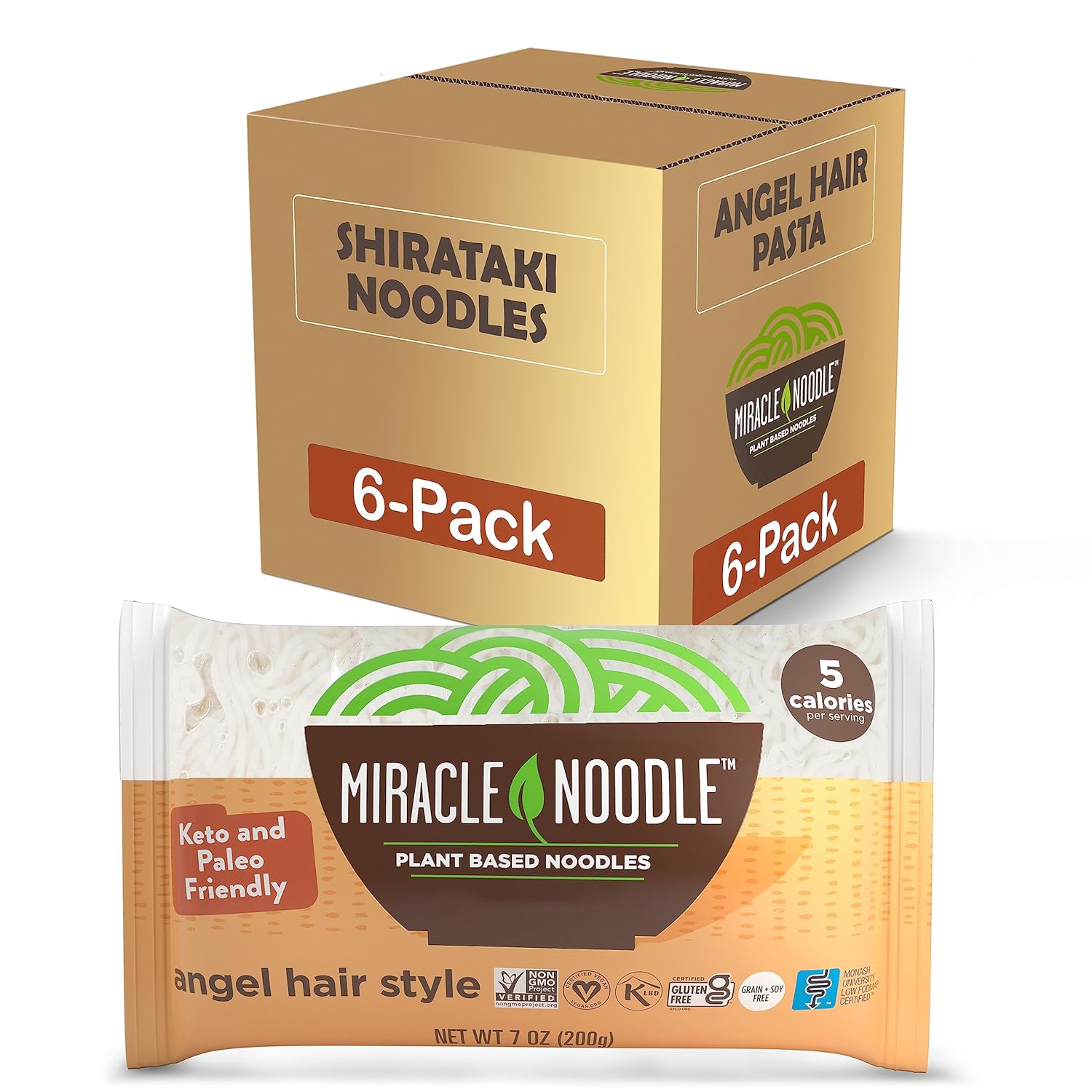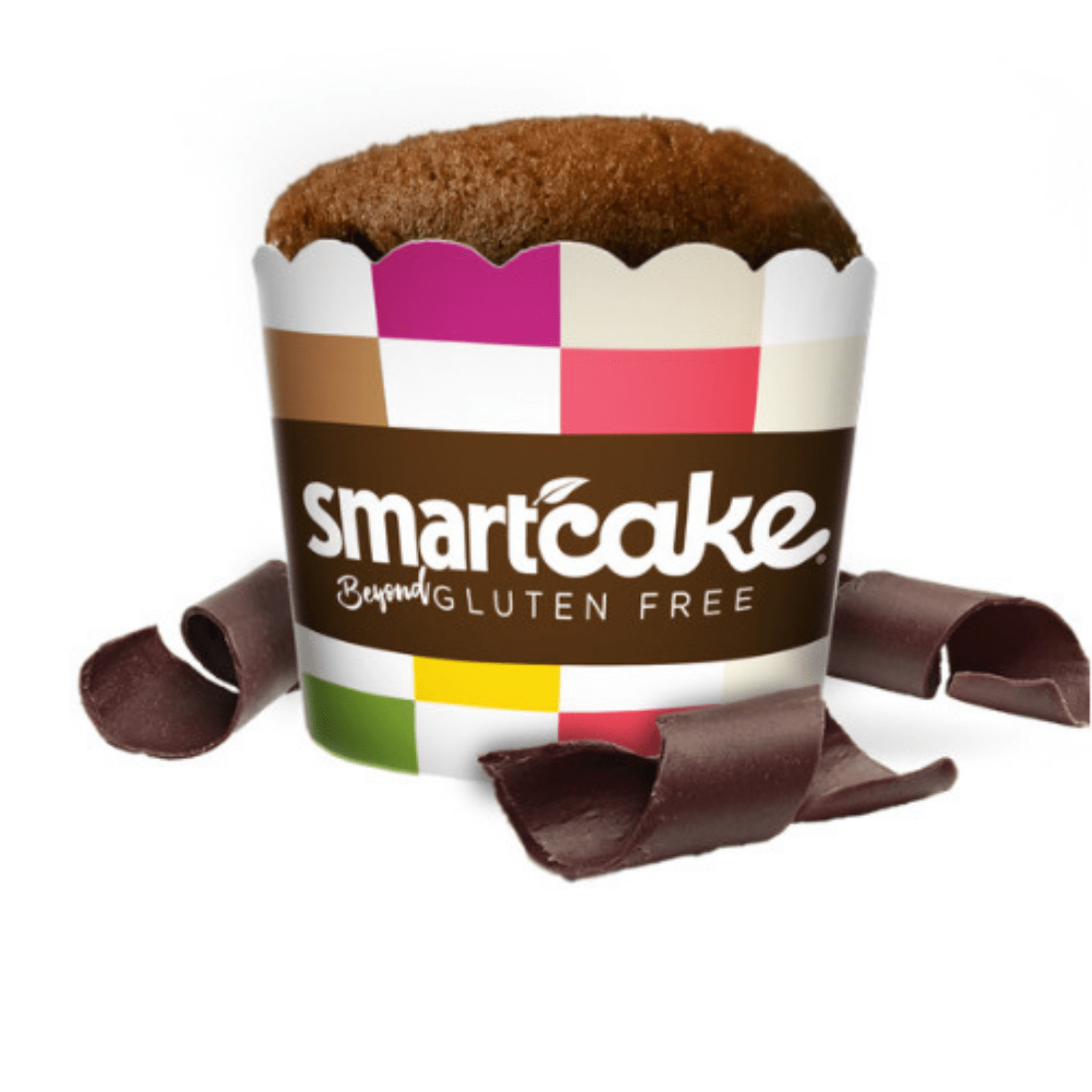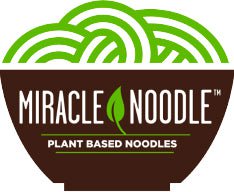Unlike other nutrition fads that have come and gone, oatmeal has been a mainstay for dozens of years. Easy and quick to make, oatmeal is one of the most nutritious breakfasts.
Millions of people every morning start their day with a piping hot bowl of it. As long as it’s not mixed with spoonfuls of sugar or agave or any other sweetener besides stevia or cinnamon, oatmeal provides slow-burning carbohydrates, providing rock-steady energy until it’s time for lunch.
But for those who have gone gluten-free, either because they just feel better avoiding foods that contain gluten, or out of medical necessity in the case of celiac disease, is oatmeal gluten-free?
Gluten proteins are typically found in wheat and also barley and rye. Naturally, oats contain no gluten, but due to modern processing methods, some brands manufacture their oatmeal in facilities that also process wheat (and other possible food allergens such as tree nuts or peanuts).
Many leading brands of oatmeal (including Quaker Oats) cannot guarantee their oats free from gluten.
Most people can probably tolerate the approximately 20 parts per million that is currently allowed in gluten-free labeling standards, with the exception of the most sensitive to gluten. Some brands that sell oats claim to be gluten-free. Unfortunately, the FDA (Food and Drug Administration), despite the booming popularity of gluten-free offerings, has not yet devised standards for gluten-free labeling.
In other words, organic labeling exists, but gluten-free certification, at least by the federal government, does not. If you really want to do your due diligence and have your oatmeal, too, check with independent celiac disease or gluten non-profits such as the Celiac Foundation or Quality Assurance International, or visit your favorite health-food store, where trusted brands are usually sold.
Even if you’re not sensitive to gluten, many oatmeals sit like a rock in people’s stomachs, causing bloating. This is due to the American need to have everything prepared quickly, hence quick-cooking oats. Rolled oats, or better yet, steel-cut oats require less processing (but more time to prepare), and may digest better than quick-cooking oatmeal.
If you have a crockpot, you can prepare steel-cut oatmeal at night and leave the crockpot on low overnight and wake up to a piping-hot bowl. Don’t have a crockpot? Prepare multiple servings of steel-cut oats on a Sunday night and simply reheat every morning to power you through the workweek.
Oats are primarily carbohydrates. Eaten alone, they don’t taste very appealing and also do not contain much of the other two macronutrients that make a complete meal: protein and natural fat.
For calorie-conscious dieters and those who want to eliminate gluten, mixing Miracle Rice, which is naturally gluten-free, into oatmeal with a handful of nuts and berries or natural fruit makes a complete breakfast.
If you’d like to give Miracle Noodle a try, our variety sampler includes Miracle Rice.
Save almost 30% on Miracle Noodle
If you’re already hooked on Miracle Noodle and have not yet joined the auto ship program, you’re missing out on the chance to save 15% on every order. Simply decide which products you want shipped to your home, how often you want them and enjoy the savings. Click here to start saving!
Share the joys of eating all the noodles you want without the guilt. As incentive, when you share Miracle Noodle on Facebook, Twitter or via email, and your friends click your share link, both you and your friend will receive an additional 13% off your next order. Here’s the link: ?saopen=share …


